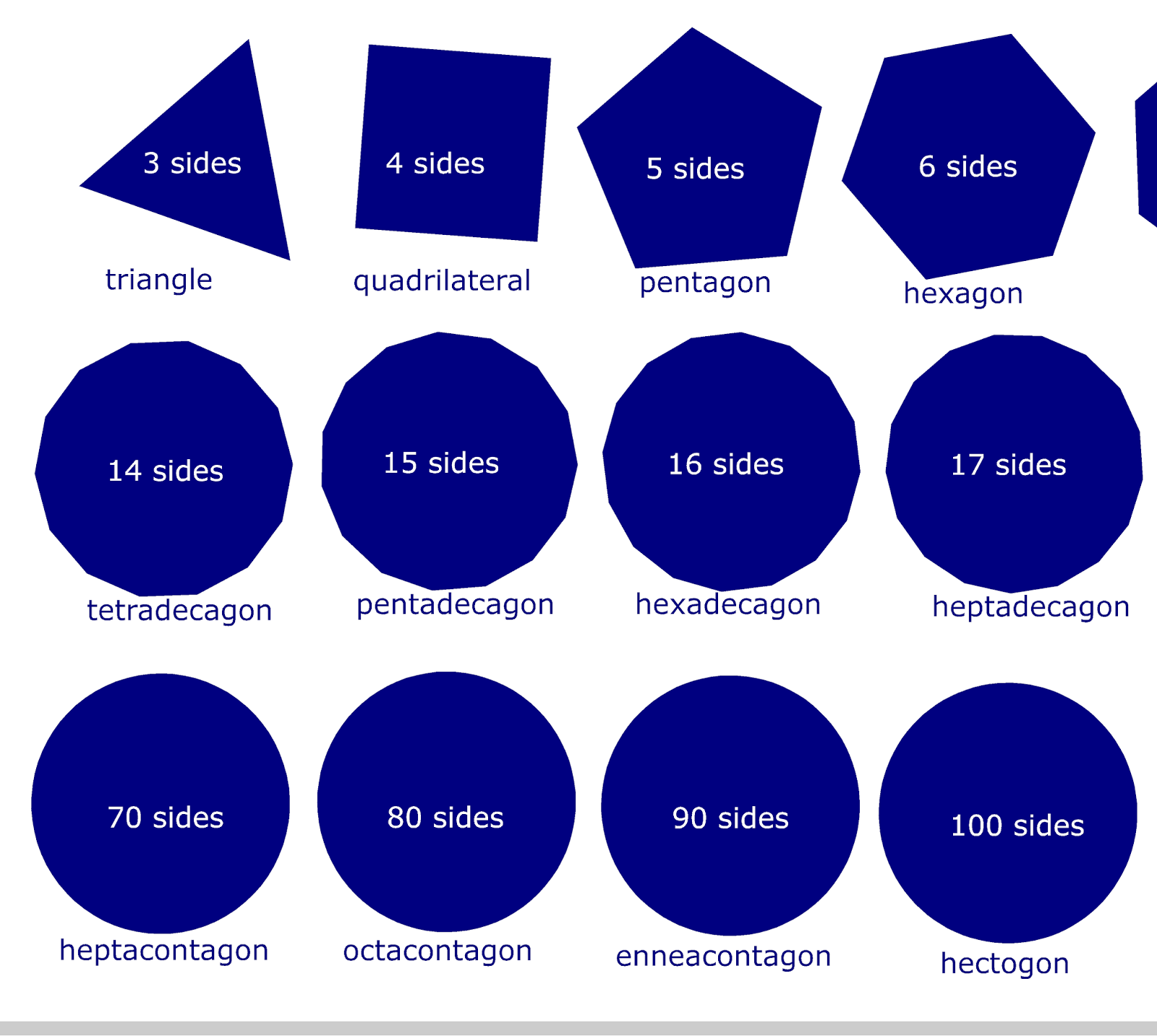Exploring The Fascinating World Of The 8 Sided Shape
The 8 sided shape, more commonly known as an octagon, is a geometric figure that captures both mathematical intrigue and artistic beauty. This shape is prominent in various aspects of life, from architecture to art, and even in nature. Understanding the properties and significance of the octagon can enhance our appreciation for the world around us, as well as improve our analytical skills. In mathematics, the octagon is defined as a polygon with eight edges and eight vertices. The study of this shape goes beyond mere definition; it encompasses angles, symmetry, and even the relationship between different polygons. This article delves into the various characteristics of the octagon, its practical applications, and its aesthetic appeal.
Additionally, the octagon plays a crucial role in various fields such as architecture, urban planning, and even traffic management. For instance, stop signs are often in the shape of an octagon, a design choice that is not merely aesthetic but also functional. By exploring the octagon's role in human-made structures and natural formations, we can gain a deeper understanding of geometry's impact on our daily lives. This article invites you to explore the significance, properties, and applications of the 8 sided shape.
As we venture further into the world of the octagon, we will address some common questions surrounding its characteristics and applications. What makes the octagon unique compared to other polygons? How can it be applied in various real-world scenarios? Join us as we uncover the beauty and utility of the 8 sided shape.
What is an 8 Sided Shape?
The 8 sided shape, or octagon, is a polygon characterized by its eight straight sides and eight angles. Each internal angle of a regular octagon measures 135 degrees, while the sum of all internal angles totals 1080 degrees. This symmetry and consistency in angles make the octagon a favorite among architects and designers, as its balanced proportions can create visually appealing structures.
How is the 8 Sided Shape Constructed?
Constructing an octagon can be done through various methods, including using a compass and straightedge or employing digital tools. Here’s a simple step-by-step guide to drawing a regular octagon:
- Begin by drawing a circle with a compass.
- Mark the center of the circle and label it as point O.
- Divide the circle into eight equal parts by marking points at 45-degree intervals.
- Connect the adjacent points to form the octagon.
This method not only helps in understanding the geometric properties of the octagon but also provides a hands-on experience in geometry.
What are the Different Types of 8 Sided Shapes?
The octagon can be classified into two main types: regular and irregular. A regular octagon features equal sides and angles, while an irregular octagon has sides and angles of varying lengths and degrees. Below are some examples:
- Regular Octagon: All sides and angles are equal; commonly seen in stop signs.
- Irregular Octagon: Sides and angles differ; often used in artistic designs.
Where Can We Find the 8 Sided Shape in Nature?
Interestingly, the octagon is not only a man-made construct; it can also be found in nature. Some examples include:
- Honeycomb: The hexagonal structure of honeycomb often gives way to octagonal patterns in certain species.
- Crystals: Some crystalline structures exhibit octagonal symmetry.
- Flower Petals: Certain flowers may display octagonal arrangements of petals.
How is the 8 Sided Shape Used in Architecture?
The octagon's symmetrical properties make it a popular choice in architectural designs. Some notable examples include:
- Buildings: Many structures, such as the United States Capitol dome, incorporate octagonal shapes.
- Bridges: The octagonal form can enhance both aesthetics and structural integrity.
- Pavilions: Octagonal pavilions in gardens create a unique visual focal point.
What is the Mathematical Significance of the 8 Sided Shape?
The octagon holds various mathematical significance, particularly in the study of polygons. Its unique properties contribute to the broader understanding of geometry, including:
- Symmetry: The regular octagon showcases rotational and reflectional symmetry.
- Area Calculation: The area of a regular octagon can be calculated using the formula: Area = 2(1 + √2) * s², where s is the length of a side.
- Relationship to Other Polygons: The octagon can be related to other polygons through processes such as tessellation.
What Are Some Fun Facts About the 8 Sided Shape?
Here are some intriguing facts about the octagon that you may not know:
- The word "octagon" is derived from the Greek words "okto," meaning eight, and "gonia," meaning angle.
- In ancient times, octagonal shapes were often used in religious architecture.
- The octagon is the basis for the design of modern stop signs, chosen for its distinctiveness and visibility.
Can the 8 Sided Shape Be Found in Art?
The octagon has also made its mark in the world of art, appearing in various forms and styles. Artists often incorporate octagonal motifs in their works, whether in paintings, sculptures, or decorations. The shape's symmetry and aesthetics lend themselves well to creative expression, allowing artists to explore themes of balance and harmony.
Conclusion: Why Should We Appreciate the 8 Sided Shape?
In conclusion, the 8 sided shape, or octagon, is more than just a mathematical figure; it is a symbol of balance, beauty, and functionality. From its applications in nature and architecture to its significance in art and mathematics, the octagon enriches our understanding of the world. By appreciating the octagon, we can cultivate a deeper connection with the geometric patterns that surround us, enhancing our creativity and analytical thinking.
Creative Spam Names For Instagram: Stand Out In The Crowd!
Unveiling The Life Of Bella Podaras: A Rising Star
Exploring The Life Of Bobby Bones' Wife: A Journey Of Love And Support


